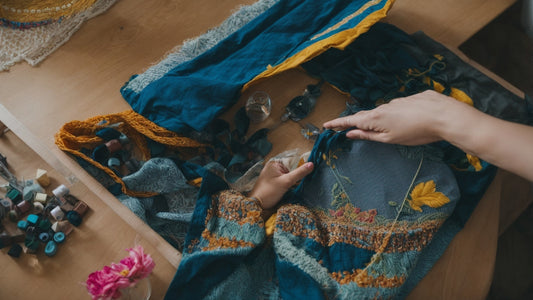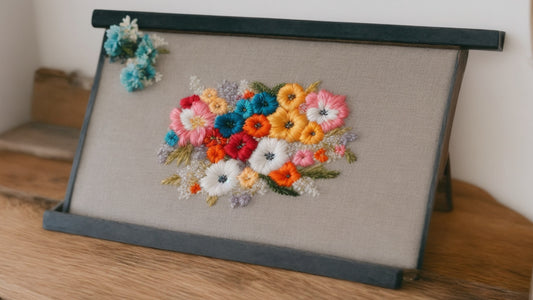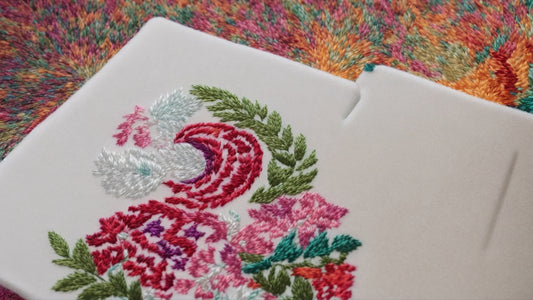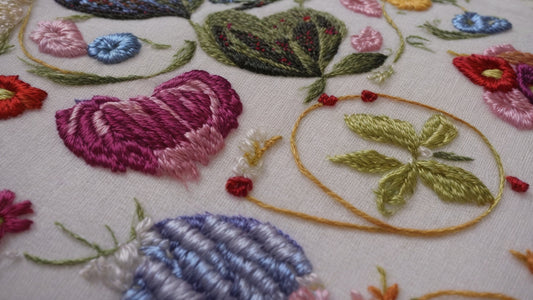
Day 4: Simple Embroidery Patterns for Beginners
Day 4: Simple Embroidery Patterns for Beginners
Embroidery is a beautiful and versatile craft that allows you to create stunning designs with just a needle and thread. If you are new to embroidery, starting with simple patterns is a great way to build your skills and confidence. In this article, we will explore some easy embroidery patterns that are perfect for beginners.
1. Backstitch
The backstitch is one of the most basic and versatile embroidery stitches. It is great for outlining shapes and creating straight lines. To create a backstitch, bring the needle up through the fabric at point A, then go back down at point B. Bring the needle up again at point C, and go back down at point D. Continue this process, creating a line of stitches.
2. Satin Stitch
The satin stitch is another simple embroidery stitch that is perfect for filling in shapes. To create a satin stitch, bring the needle up through the fabric at point A, then go back down at point B, creating a straight stitch. Repeat this process, creating parallel stitches until the shape is completely filled.
3. French Knot
The French knot is a decorative stitch that can be used to add texture and dimension to your embroidery. To create a French knot, bring the needle up through the fabric at the desired location. Wrap the thread around the needle twice, then insert the needle back into the fabric close to where it came up. Gently pull the thread tight to create a knot.
4. Cross Stitch
Cross stitch is a popular embroidery technique that involves creating X-shaped stitches to form a design. To create a cross stitch, bring the needle up through the fabric at point A, then go back down at point B, creating a diagonal stitch. Bring the needle up again at point C, and go back down at point D, creating another diagonal stitch. Continue this process, creating a series of X-shaped stitches.
5. Running Stitch
The running stitch is a simple and versatile stitch that can be used for both decorative and functional purposes. To create a running stitch, bring the needle up through the fabric at point A, then go back down at point B, creating a straight stitch. Repeat this process, creating a series of parallel stitches.
These are just a few examples of simple embroidery patterns that are perfect for beginners. As you practice and gain more confidence, you can start experimenting with more complex designs and stitches. Remember, embroidery is a creative and personal craft, so don't be afraid to let your imagination run wild and create unique patterns of your own!





